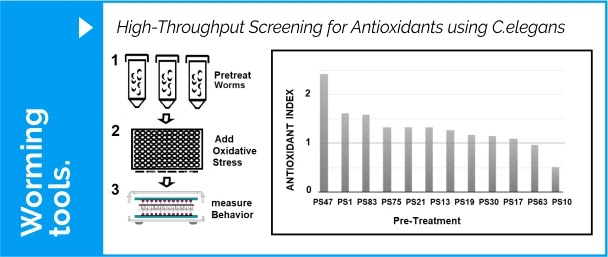
Cobb (1914) referred to a unique species occurring in “the felt mats on which the Germans are accustomed to set their mugs of beer, and has been found in no other habitat”

“Microworms” is the common name for the group of microscopic white nematodes originally isolated from Beer mat and Library paste (Linnaeus 1767). In the recent years, Panagrellus redivivus has attracted attention as an easy to culture “proteinic diet” for crabs, bighead carp, and Asian catfish larvae, even replacing the use of brine shrimp. At aquariums, and home, these nematodes can be grown on fermented oat meal, usually called sour paste. Microworms reach sexual maturity within about 3 days and are sexually dimorphic, the males being smaller and having a curled tail. Females are ovoviviparous and give live birth to juvenile nematodes. Juvenile microworms are about 180 to 290 μm long and 0.13 μm wide; adults are 1.5 to 2 mm in length with an average width of 50 to 70 μm (Ramme et al 2019).
Panagrellus redivivus is a free-living nematode frequently used to understand the evolution of developmental and behavioral processes given its phylogenetic distance to Caenorhabditis elegans. Fascinating differences in cell lineages and in behavior have been observed between the two. P. redivivus has been used as a model system extensively in many diverse fields. For example, in aquatic and soil toxicity studies, revealing interesting insights into the effects of pollutants and toxins on reproduction, movement, and feeding. It has also been used as a model for studying infection using human bacterial pathogens. Nowadays it is known than Panagrellus genus has a worldwide distribution, with species described from almost every continent. (Srinivasan et al 2013).

Antioxidant index (AI) of the pigmented bacterial isolates from solar panels. [Figure 1.b] AI was calculated by dividing the highest activity average (at an OD600 of 30 or 60) of each bacteria isolate pre-treatment by the average activity of the positive control (vitC) after 30 min of incubation with hydrogen peroxide. Activity was measured using WMicrotracker ONE. (Tanner K et al 2019, Front Microbiol).

